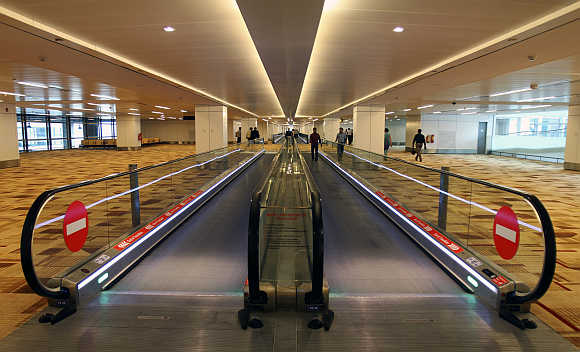India will push to get 90 new airports up and running over the next 12 months, under a government plan to service smaller cities that have missed out on the country’s air travel boom.
Prime Minister Narendra Modi wants to accelerate growth in the world’s fastest expanding aviation market while encouraging airlines such as IndiGo, SpiceJet and Jet Airways to fly more people to and from smaller, often poorer cities.
Scores of new airports have been built around the country but many are yet to open because airlines do not see sufficient demand as ticket prices are too high for most Indians, according to Reuters.
That has raised worries the government is building infrastructure few can afford to use. Civil aviation ministry officials, however, said that the government has identified 30 recently built airports, and another 60 nearing completion, that it says it can get airlines to start flying to soon.
Individual states will offer free land and emergency service support to all newly built airports, while landing charges and taxes on aviation fuel will be kept at low levels, they said.
“Economic activity should grow to such an extent that these routes are economically viable,” Civil Aviation Minister Ashok Gajapathi Raju told reporters.
India’s aviation growth has been driven by flights between larger cities, catering to a growing middle class as the country enjoys economic growth of more than 7 percent a year. But the government believes there is latent demand in smaller cities where airports are too small or not yet built.
In the western state of Rajasthan, a region the size of Germany, there are only a handful of airports currently open to commercial flights and new airports are not being used.
Last month the government approved a policy to cap air fares on services to smaller cities at INR2,500 rupees ($37) per hour of travel, with the government providing part of the funding to make it viable.
Raju said on Friday that funding for the scheme would be set at around INR5 billion rupees per annum, with states putting in up to 20 percent of the money, or 10 percent in the case of the remote northeast.



